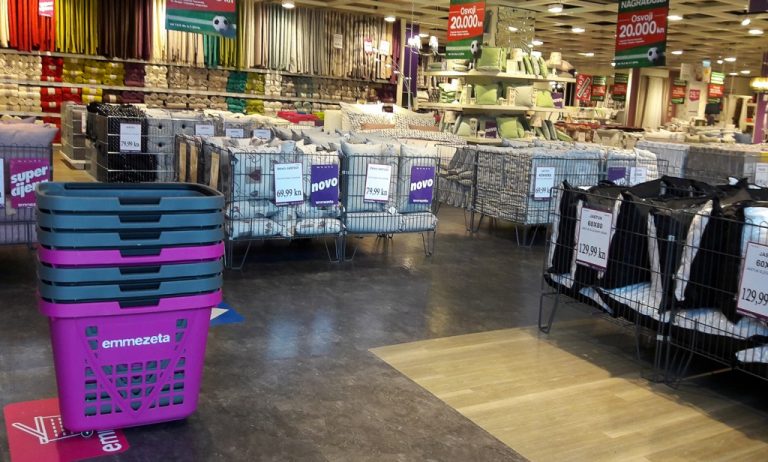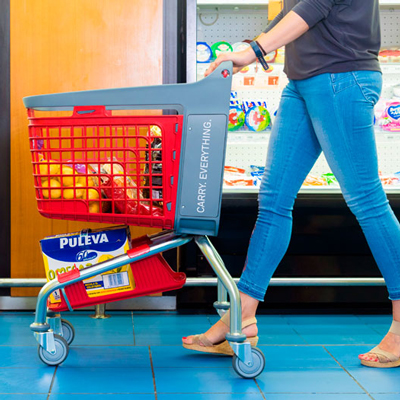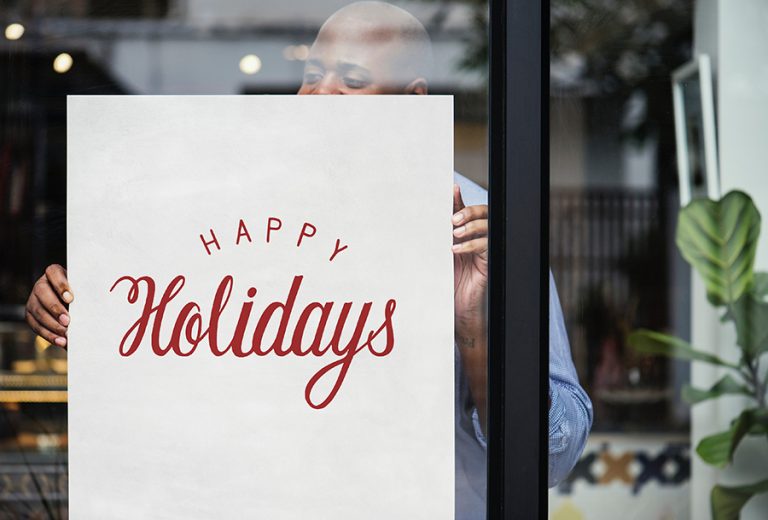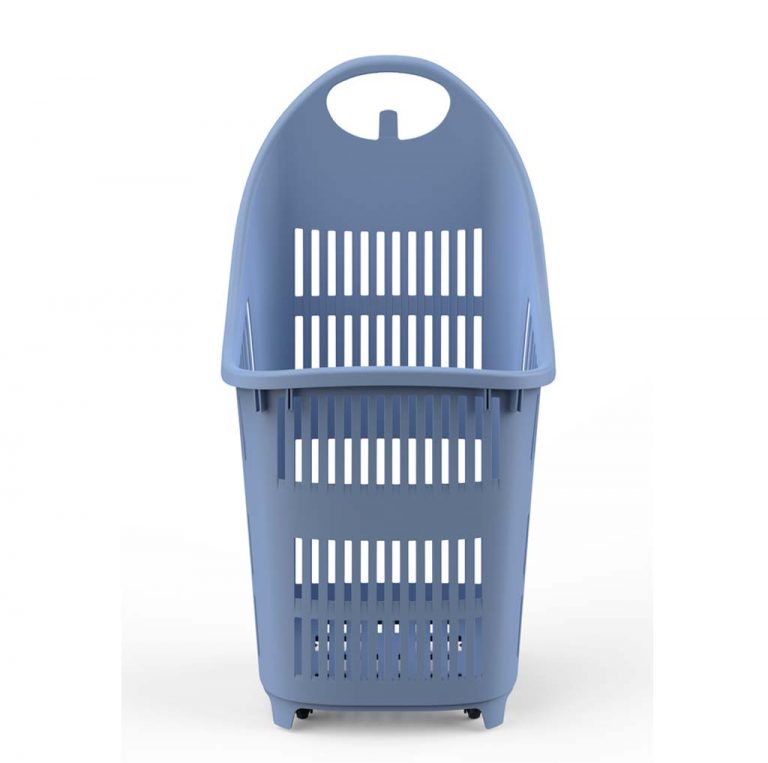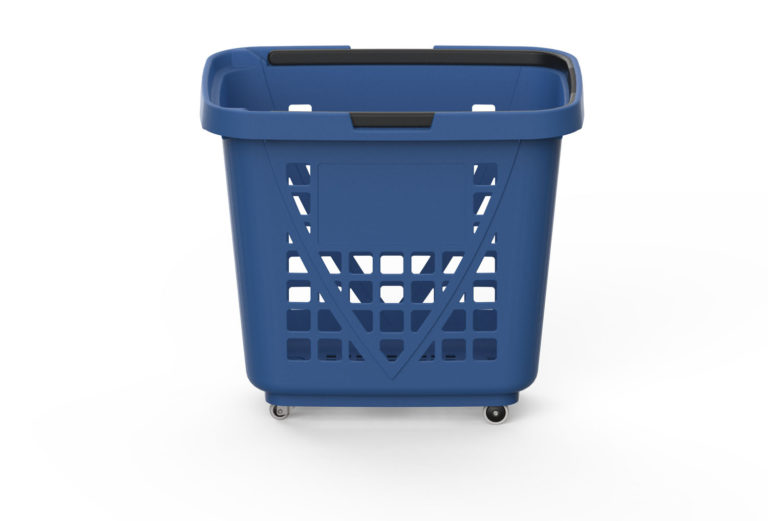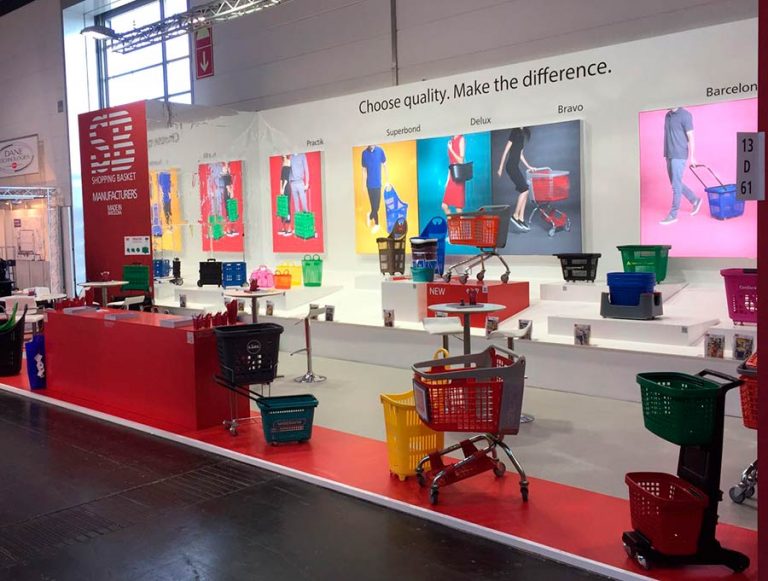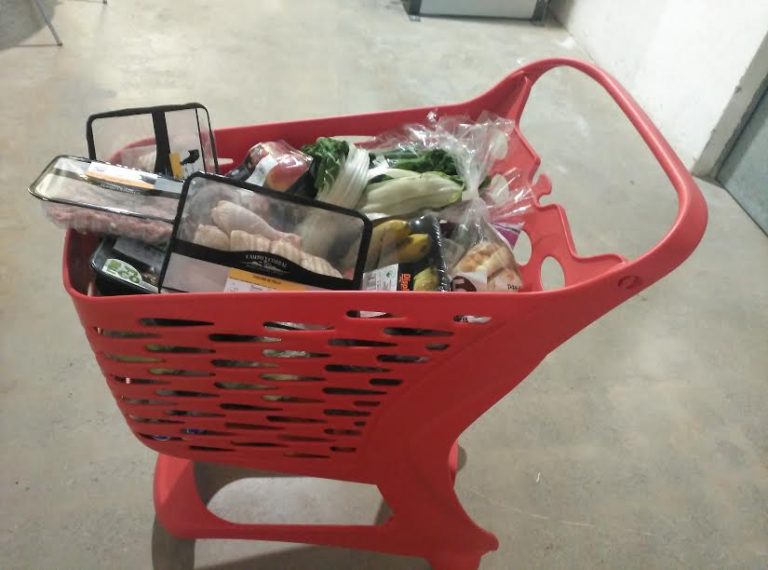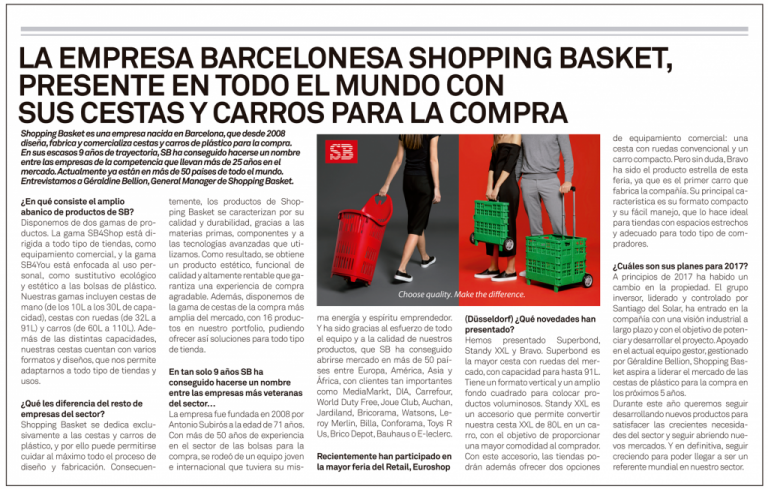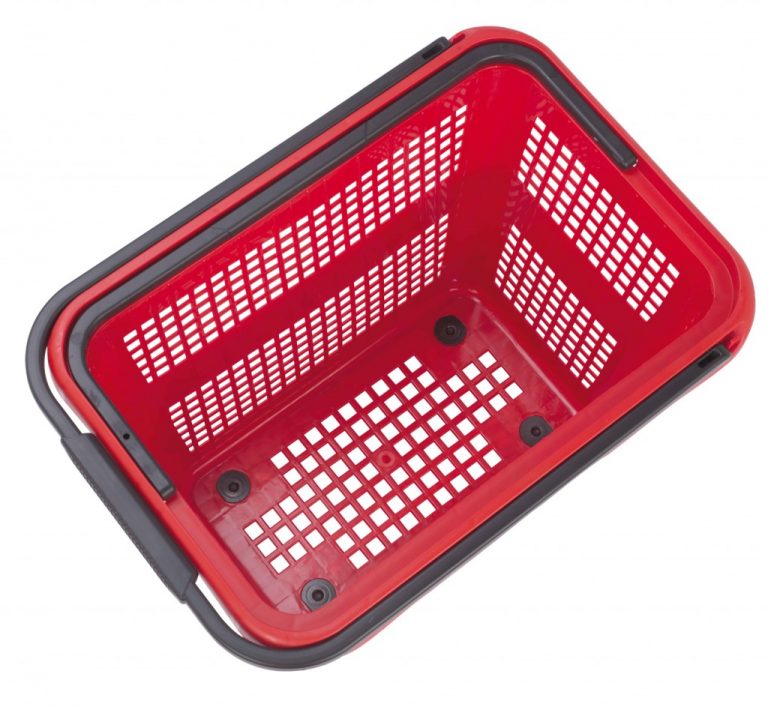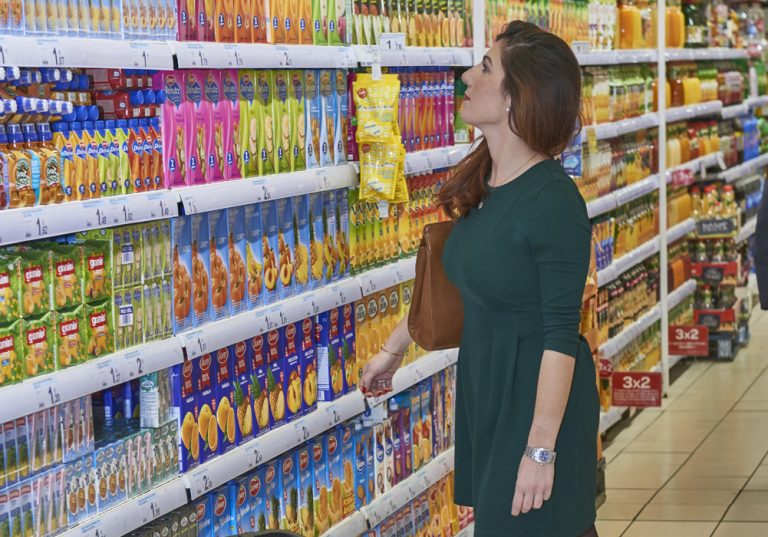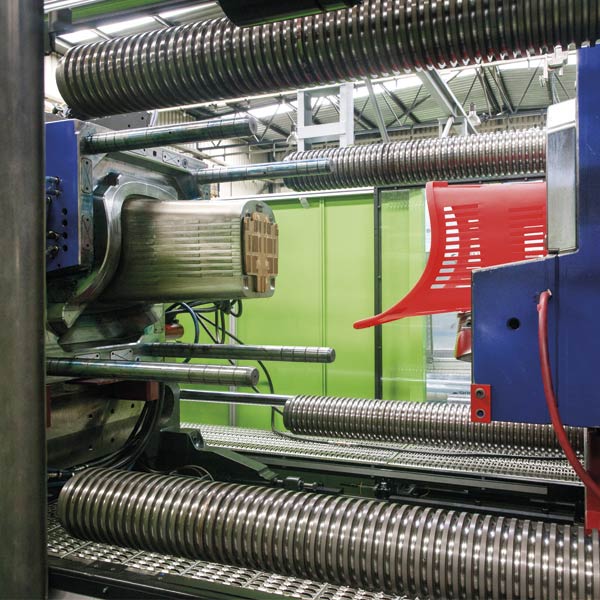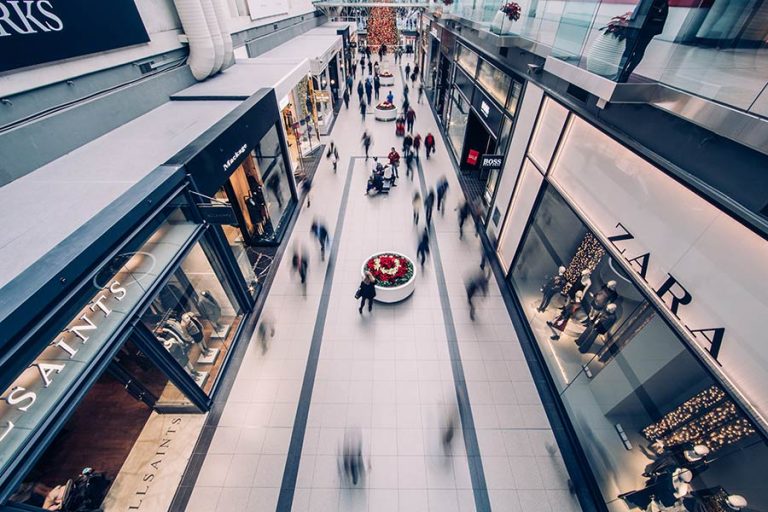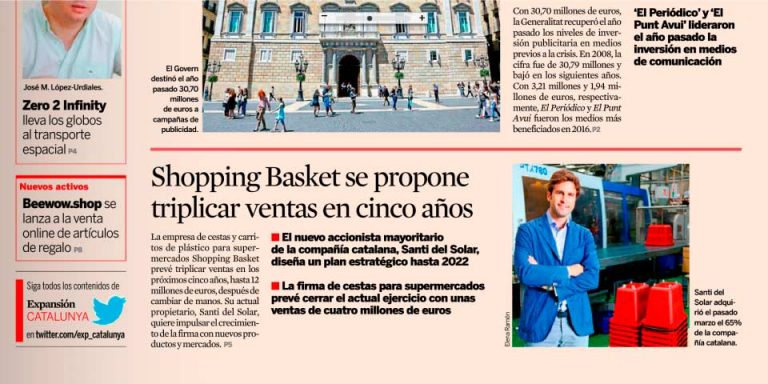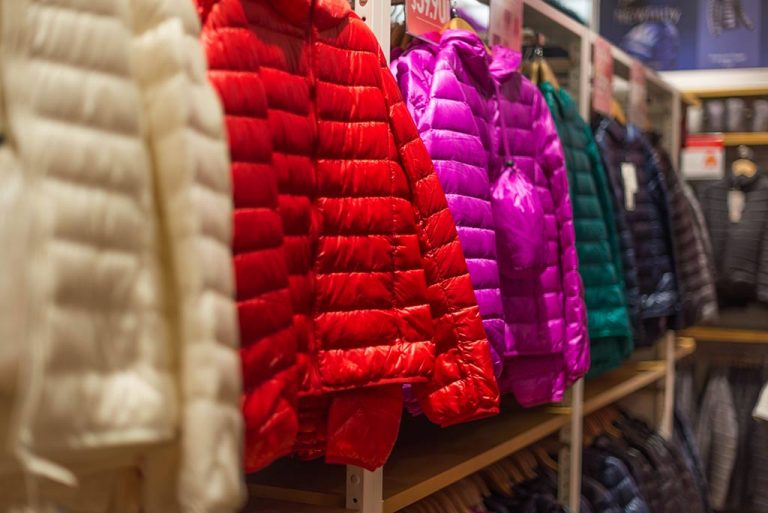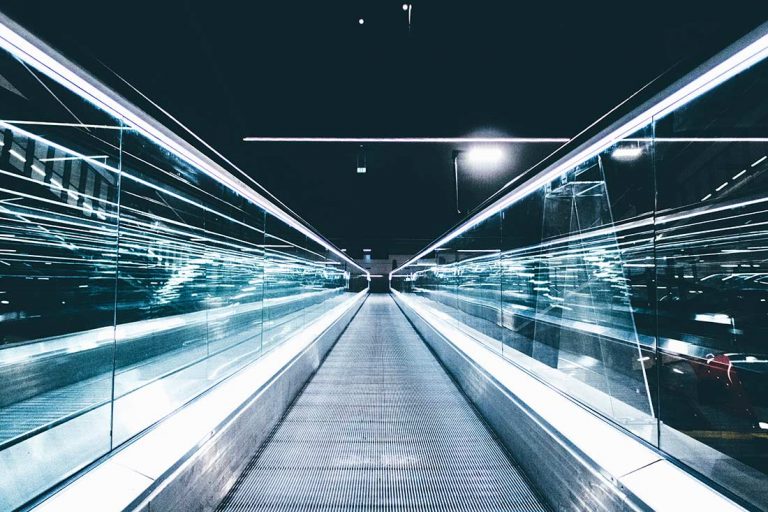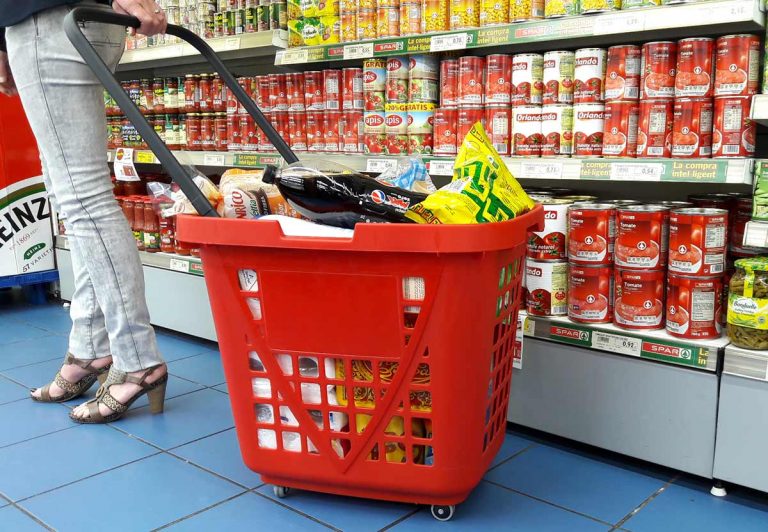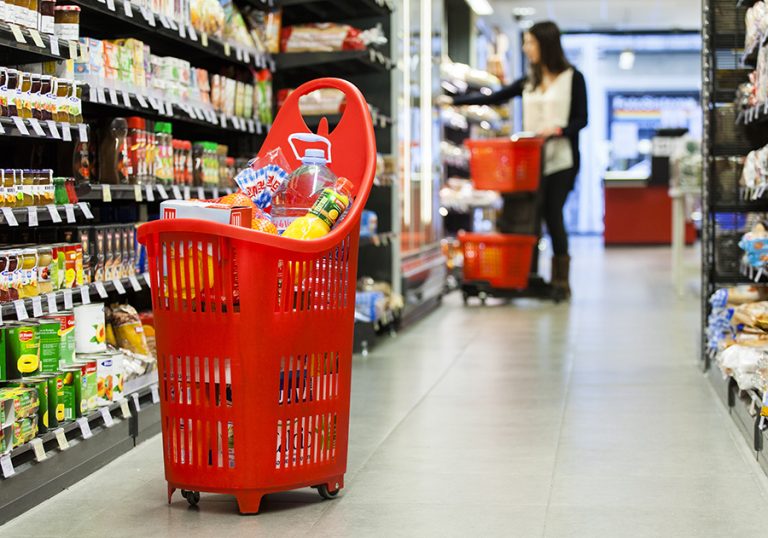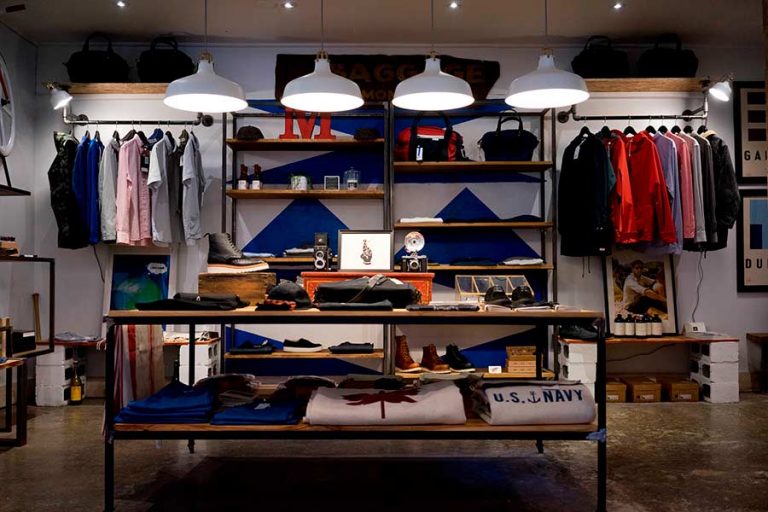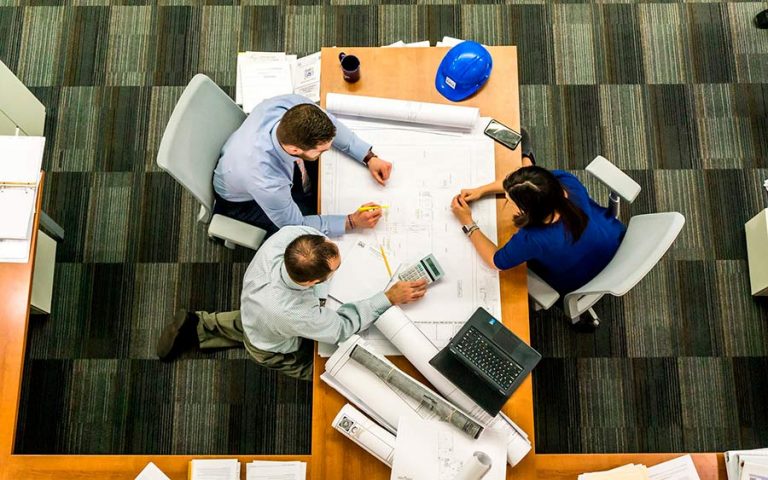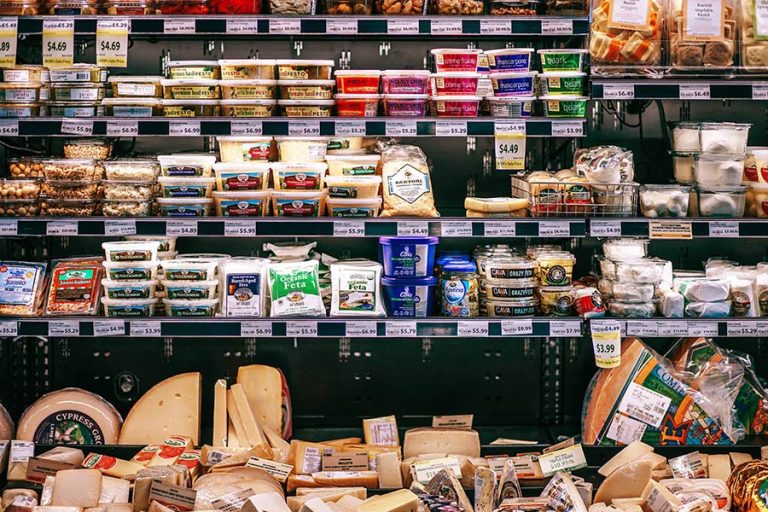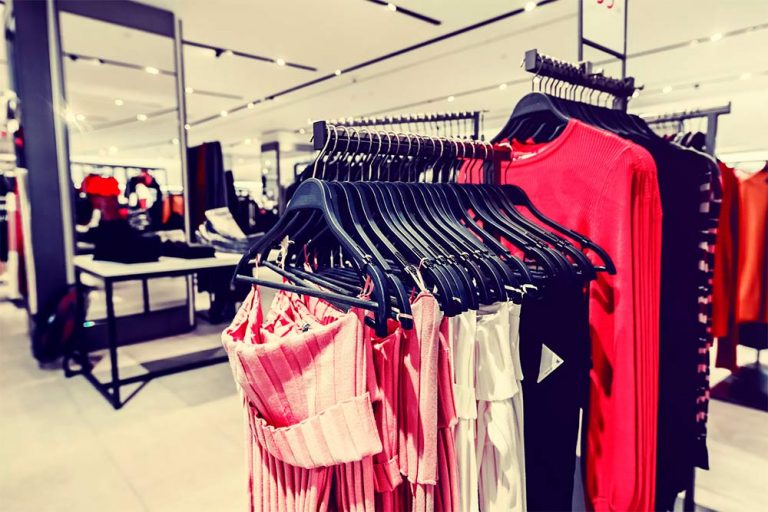Frictionless retail is a modality that has been generating interest since 2020. It allows stores to avoid a multitude of problems, among which the appearance of queues stands out. No customer is interested in waiting to be served, which often leads to frustration. If you avoid these and other problems, your store will stand out from the competition.
The use of artificial intelligence for frictionless retail
Offering a shopping experience without obstacles, or with as few as possible, is an ambitious goal. But it is precisely what the frictionless modality seeks. It is about eliminating the frictions that exist throughout the entire customer journey. The customer must get to the store and purchase the product he wants quickly enough. If there is any delay, you are facing a problem.
One of the most important things you should know about are the queues that form in stores, especially at key hours. You are on the last step of the journey, but it is one of the most time consuming. Perhaps you did not have problems accessing the product or at any other time, although at this point you are experiencing them.
Reaching a situation where frictions are non-existent is a long road. You have to verify the parts that make up the customer journey. From finding the store to making the purchase, there are different key steps. By knowing them in detail, you will be able to propose the right answers to solve each of the obstacles you encounter.
So there are multiple points where you are likely to encounter friction. However, the fundamental is the time of payment. This is where you will have to wait in line and where you will make the purchase, which has to be simple. Whether you are served by a person or a machine, it is essential that product scanning and money delivery be fast.

How to reduce friction?
Given the location of the main frictions, it is essential to offer the best possible solutions. At present, artificial intelligence, thanks to the automation it fosters, is the best. It allows you to streamline the last step of the customer journey, but also participates in all the others. Among those available, these are the most interesting options.
The autonomous buyer
The customer journey begins upon entering the store or just before. When it comes to reducing friction, a mobile phone app is the right solution. It has the products that are in the establishment and registers them as they are taken. The objective pursued is to achieve a walk-in, walk-out, that is, a quick entry and exit.
The application lists the products that the customer has purchased, as well as their price. Once you leave the establishment, you receive a ticket and the final cost, which is paid by direct transfer. In this way, friction is reduced to its minimum expression: start the app before entering the store. The AI is in charge of carrying out all the procedures at the moment and without any human intervention.
In order to achieve such a degree of simplicity, it is necessary to install a series of sensors in the store. For example, cameras are placed to keep track of shoppers. Thus, security is guaranteed and theft is prevented. The shelves have elements that record the moment a product is picked up. In addition, it is possible that they restock on their own.
Quick payment solutions
An alternative to the previous application consists of minimizing the most important obstacles: the queues and the moment of paying the money. Both sit at the very end of the customer journey and can be removed through quick checkout. The buyers themselves are in charge of the process. They pass the products through an autonomous machine equipped with a scanner and controlled by an AI.
When they’re done, they just have to pay and they’re good to go. The process itself takes a few minutes and does not impose obstacles such as turnstile or other control methods. What is purchased is placed on a specific surface and, if it is removed from the machine, a warning is given. Thus, the buyer has the only option of passing each product through the barcode reader. Thus, the hurdles continue to be reduced and, in fact, speed is encouraged.
With the frictionless retail modality, good results can be achieved. According to PwC, clothing stores in the United Kingdom that are applying such technology will increase their sales by 13%. Something like this is possible thanks to the improvement in customer satisfaction, who wastes less time. Likewise, you reduce personnel costs and guarantee the sustainability of the establishments.


 Sign up for our newsletter and be the first to receive our articles!
Sign up for our newsletter and be the first to receive our articles!
